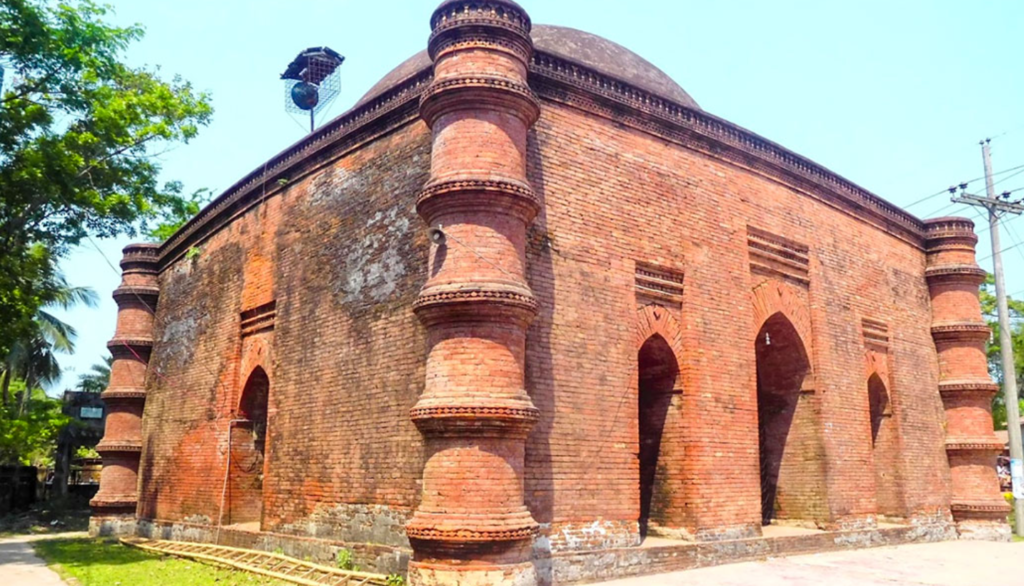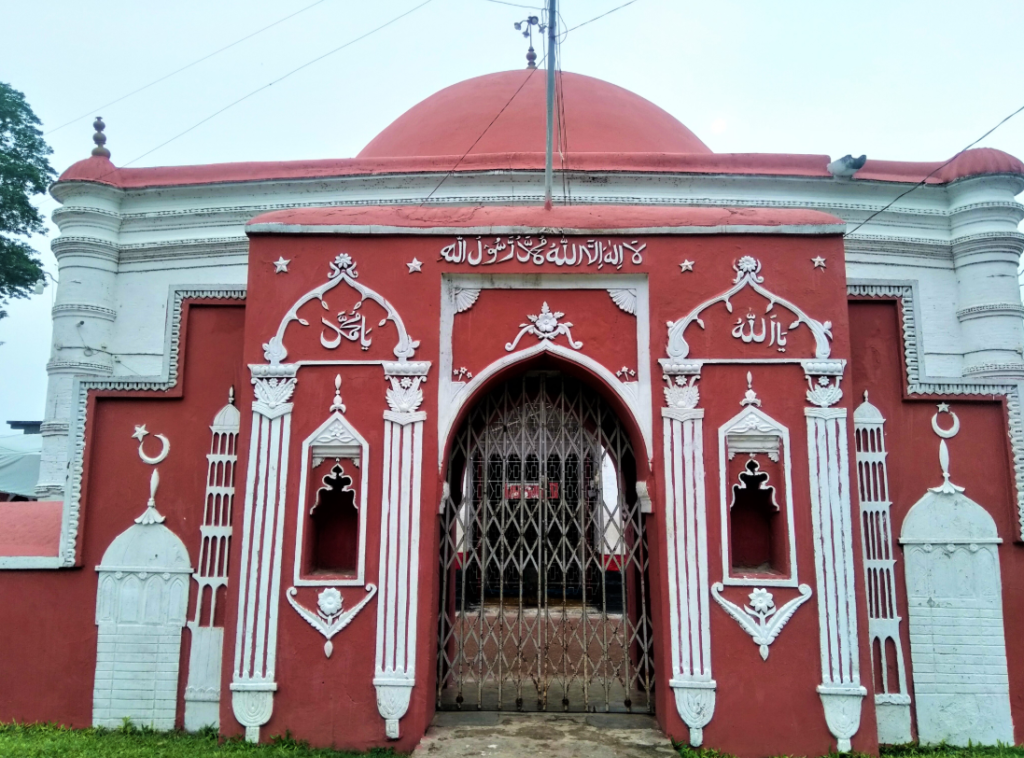Nestled in the southwestern region of Bangladesh, Bagerhat is a district where history, nature, and spirituality converge. Known as the “City of Mosques,” Bagerhat is not just a travel destination but a testament to the architectural ingenuity, cultural heritage, and ecological significance of Bangladesh. Recognized as a UNESCO World Heritage Site, Bagerhat offers a harmonious blend of medieval Islamic architecture, serene landscapes, and vibrant culture, making it a must-visit for travelers from around the globe.
The Historical Legacy of Bagerhat

The Visionary Founder: Khan Jahan Ali
Bagerhat’s rich history dates back to the 15th century when Khan Jahan Ali, a Turkish general and Sufi saint, founded this city. His vision transformed the dense mangrove forest into a thriving Islamic township, known as Khalifatabad. Khan Jahan Ali’s pioneering spirit is evident in the meticulously planned cityscape, including its mosques, water management systems, and public spaces.
UNESCO World Heritage Site
In 1985, Bagerhat earned its place as a UNESCO World Heritage Site, primarily for its remarkable collection of medieval Islamic architecture, with over 50 mosques and other historical structures scattered across the district.
Architectural Marvels of Bagerhat
Bagerhat is often referred to as an “architectural museum” due to its array of mosques, mausoleums, and bridges.
Sixty Dome Mosque (Shat Gombuj Masjid):

The crown jewel of Bagerhat, this mosque is an architectural masterpiece of the Bengal Sultanate. Built with terracotta and bricks, its sixty domes, supported by seventy-seven intricately carved pillars, create a mesmerizing effect.
Nine Dome Mosque

Located near the Sixty Dome Mosque, this mosque is known for its nine majestic domes and terracotta designs depicting floral and geometric patterns.
Singair Mosque:

An often-overlooked gem, this mosque showcases unique Islamic motifs and is a favorite among history enthusiasts.
Ronvijoypur Mosque:
Home to one of the largest single domes in South Asia, this mosque stands as a marvel of engineering and design.
Khan Jahan Ali’s Mausoleum:

The final resting place of Bagerhat’s founder is a revered site for visitors, featuring an austere yet elegant tomb surrounded by tranquil greenery.
The Natural Beauty of Bagerhat
Bagerhat is blessed with lush landscapes, serene rivers, and proximity to the Sundarbans, the largest mangrove forest in the world.
- Sundarbans Mangrove Forest:
A UNESCO World Heritage Site, the Sundarbans is home to the majestic Royal Bengal Tiger, estuarine crocodiles, spotted deer, and a plethora of bird species. Its network of tidal waterways and dense mangrove trees makes it an adventurer’s paradise. - Pashur River:
Flowing through Bagerhat, this river is perfect for boat tours, offering panoramic views of the surrounding countryside and glimpses of the Sundarbans. - Khan Jahan Ali Dighi:
This massive water reservoir, constructed by Khan Jahan Ali, is not just a historical site but also a peaceful retreat for visitors. - Chitalmari Char:
A scenic spot ideal for picnics and bird-watching, showcasing the rural beauty of Bagerhat.
Cultural and Spiritual Significance
The district is deeply rooted in spirituality and culture, with its mosques and shrines drawing both devotees and tourists.
- Dargha of Khan Jahan Ali:
This spiritual hub is a major pilgrimage site, where people from across the country come to pay their respects to the founder of Bagerhat. - Religious Harmony:
Bagerhat has a legacy of coexistence among various communities, reflected in its cultural festivals and traditions.
Bagerhat’s Upazilas: A Tapestry of Diversity
The district comprises nine upazilas, each offering unique experiences:
- Bagerhat Sadar: The administrative and cultural center, home to the Sixty Dome Mosque and other historical landmarks.
- Rampal: Known for its lush greenery and vibrant rural life.
- Mongla: A bustling port city and the gateway to the Sundarbans.
- Fakirhat: Famous for its traditional crafts and cultural events.
- Morrelganj: Offers scenic beauty and vibrant local markets.
- Kachua: A serene upazila with rich agricultural landscapes.
- Chitalmari: Known for its riverside charm and agricultural significance.
- Sarankhola: A key entry point to the Sundarbans, ideal for eco-tourism.
- Mollarhat: A tranquil region with vibrant cultural festivals.
Famous Personalities of Bagerhat
- Khan Jahan Ali: The founder and visionary behind Bagerhat’s transformation.
- Sheikh Hasina: While not born in Bagerhat, the Prime Minister of Bangladesh has strong familial ties to the district.
Bagerhat’s Culinary Delights
Bagerhat’s cuisine is as rich as its history. Freshwater fish dishes, Sundarbans honey, and traditional Bengali sweets are some of the district’s specialties. Don’t miss trying ilish maach (hilsa fish), a delicacy in this region.
Tourism in Bagerhat
The district has a well-developed tourism infrastructure, with accommodations ranging from eco-friendly resorts near the Sundarbans to budget-friendly hotels in Bagerhat Sadar. Guided tours, boat cruises, and local cultural events enrich the visitor experience.
Why Visit Bagerhat?
Bagerhat is more than a destination; it’s a journey into the past, a communion with nature, and a celebration of culture. Whether you’re an architecture enthusiast, a nature lover, or a spiritual seeker, Bagerhat offers something for everyone.Khulna -The Heart of Southern Bangladesh




